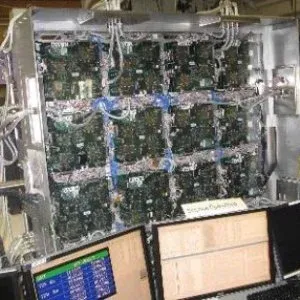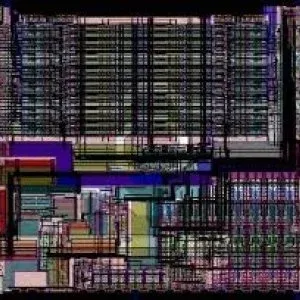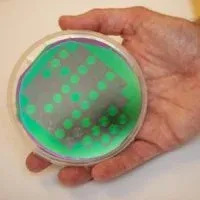Imaging

TID R&D supports imaging advances in a variety of areas including XFEL science, LIDAR, medical, defense, space, and security applications. TID’s scientists cover the entire electromagnetic spectrum from THz to visible to TeV as well as charged and neutral particle detection for a variety of fundamental science and applied uses.
Key Competencies

Analog and Digital Discrete Circuit Boards and Systems
TID-AIR designs, produces, and tests analog, digital, and mixed signal electronics boards and systems. Schematic design and simulation; Printed-circuit board layout design and high-speed simulation; FPGA firmware frame-work, code design and simulation; Software design and simulation; Complete system design and simulation, fabrication, testing, installation, and commissioning.
Application Specific Integrated Circuits (ASIC)
ASICs from small prototypes to System-on-Chip solutions. Main expertise in analog, digital, and mixed-signal architectures, low noise analog front ends, noise filtering optimization, high speed (down to 20 ps), mixed mode blocks, ADC’s, DAC’s, high-speed GHz digital data transmission in 250nm to 65 nm fabrication processes (e.g. TSMC, IBM, L-Foundry, AMC). Commercial, military ground, and space based applications. Example applications: Photon Science (LCLS, LCLS II, Synchrotron Sources); High Energy Physics (ILC, LHC ATLAS, nEXO, DUNE); Astro-Physics (Fermi space-based telescope); Neuroscience / Medical Imaging; 3D-Imaging (Driverless cars, SPADs), Improvised Explosive Device (IED) detection; Micro-processor peripheral integrated systems.

RF Sources (Design, Fabrication & Testing)
RF sources are a key driver the size and performance of accelerators, radars, telecommunications systems and satellite platforms. The SLAC TID team is uniquely qualified to bring the novel vacuum electronics (VEDs) concepts to experimental validation. The demonstration of VEDs requires the development and integration of a variety of technology maturity levels, combining fundamental research with the unique facilities and capabilities of a National Laboratory with a longstanding reputation for RF source development.
Sensor Design and Simulation
Design and simulation of advanced silicon sensors. TCAD simulation of fabrication process, transistors, sensor devices. Simulation of electro-static potentials, electric fields, signal collection.

